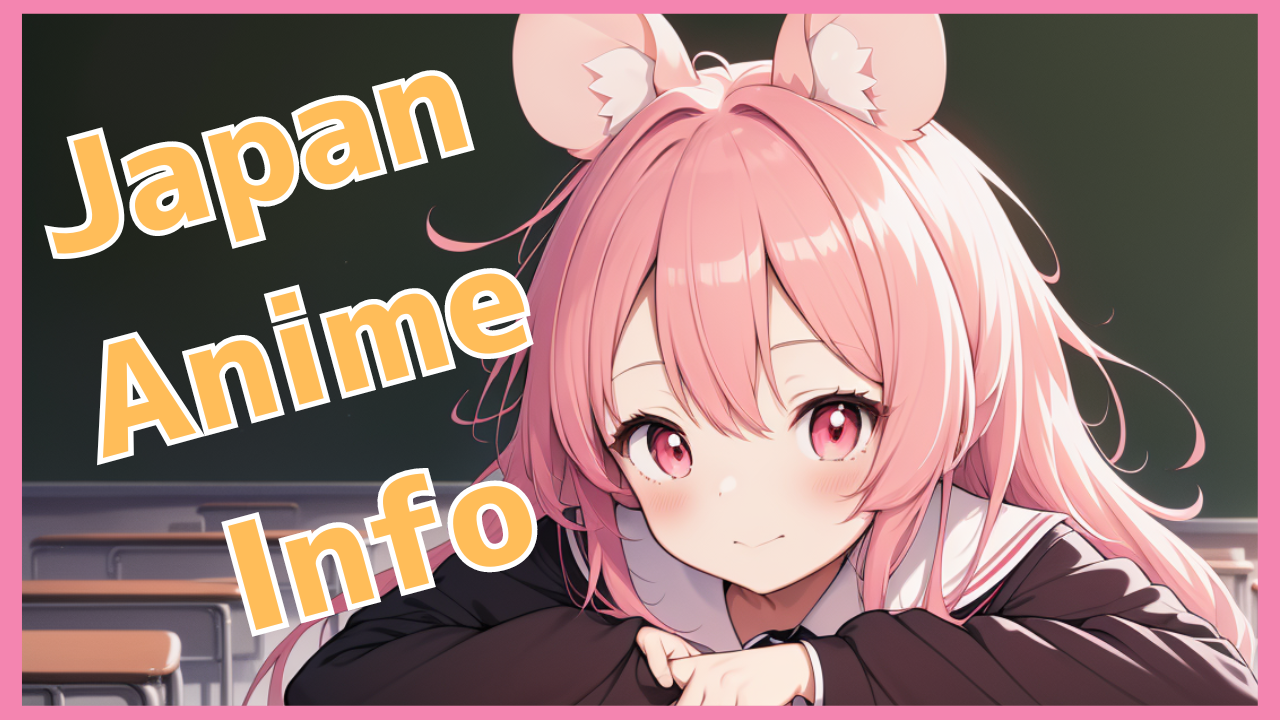Overall rating No. 4. As a descendant of a ninja, Otoya Kageta has a playing style that erases his presence and slips through the opponent’s mark.
Although he has a downer personality, he sometimes shows a playful side. We have summarized his weapons and scenes of success in soccer.
BL ranking (when passing the second round): 33rd
Birthday: December 3rd (Sagittarius)
Blood type: O
Height: 177cm
Hometown: Aichi Prefecture
Hobby: Visiting TDR Strengths
: I forget about unpleasant things when I sleep
Weaknesses: I forget about important things when I sleep
Motto: Whether I’m excited or not
[ Question and answer for #BlueLock characters !]
Q. Least favorite food
: Otoya Eita pic.twitter.com/Zl0gyuz1VV
Otoya’s weapons are his “movement” and “agility” that allow him to appear behind his opponents without them even noticing. Unlike Chigiri and Zantetsu, who rely on linear leg speed, Otoya breaks through the field with the speed and agility to slip through in curved lines.
As if embodying his family lineage as a descendant of ninjas, he is a “shadow striker” who scores goals in the shadows while his teammates attract the enemy.
Otoya and Karasu met during the dormitory entrance exam. The two of them rose from the same building, and Karasu called them to form a team when it was time to make teams of three in the second round of selection. Although their first impression was not good, they now think that Karasu’s playing style, which allows him to calmly see through the situation and cleverly win his way through, is cool.
Karasu wants to fight while keeping the ball with handwork and dominating the midfield, while Otoya wants to compete by repeatedly getting behind the defense and breaking through the center, so they have a convenient relationship. The teamwork between the two, both offensively and defensively, is the best in the “Blue Prison.”
With the match against the U-20 Japan National Team decided, Eishin decides to form the “Blue Prison” 11 with the top 6 overall evaluations as the core. To do so, an “aptitude test” will be held to determine how the remaining players will coexist with the TOP6.
Otoya, who was selected as one of the TOP4, will participate as the core of Team B along with Karasu, who is in the TOP3. In the match against Team A led by TOP1 and 2, he receives a pass from Karasu with his quick movements and agility that leave Itoshi Rin behind, and scores a goal.
After completing the “aptitude test,” the members who will take on the U-20 Japan National Team match have been decided. The “Blue Prison” elite 11 are formed with a super-attack specialized formation centered around Rin. Otoya is selected as a right-winger, one of the attackers who will cut through the enemy’s wall from the outside.
Standing in front of Otoya, who is running to sneak through the right side, is Jara Miroku, the LSB of the U-20 Japan National Team. Not only does he follow Otoya’s specialty movements, but he also gets ahead of him and gets to the back area where he wants to break through, completely reading his movements.
Karasu, who has great trust in Otoya, continues to pass to him. However, he does not use the same tactic and instead uses his teamwork to get past the enemy, and even creates opportunities by using Chigiri, who “coexisted” with him in the “Aptitude Test,” in a manner that makes it seem like they are playing together.
The second stage of the “Blue Prison” project begins, and the players are forced to choose from five European professional soccer leagues to play in. Otoya chooses Spain because it has the image of a “passionate country.” Each player trains with the team they chose, and a league match is played between the five major teams, and the “New Hero War” begins, in which the Japanese representative to challenge the U-20 World Cup will be decided from the top ranked players.
In the first match against Germany, Otoya immediately makes it into the starting lineup. Otoya improvises and links with the dance-like movements of Hachigaku, who has evolved under the guidance of Spanish coach Lavinho. They create a chemical reaction and are involved in the goal.
Hachigaku is the “light” that plays at the center of “FC Vulture.” The stronger the light, the stronger the presence of the “shadow” — Otoya ‘s rhythm that can match anyone’s rhythm and flexible speed function as a generator of “FC Vulture.”
After the match against the U-20 Japan National Team, the members of “Blue Prison” were given a day off and were allowed to go outside for the first time in a while. The older group of third-year high school students decided to meet at a cafe in Shibuya. While Karasu and Yukimiya were talking about their futures, Otoya was checking out the girl scene in Shibuya by herself. She told them not to lump her in with the conscious types, but Chigiri said that Otoya was also “conscious”.
At the bowling alley they all went to, when the girls noticed that Otoya was a soccer player, they immediately went to talk to him, along with Sendou, the ace of the U-20 Japan National Team. The two of them both have a desire to be popular, so perhaps they get along well. It’s also worth watching how the members of “Blue Prison” and the U-20 Japan National Team become closer after the match! (Manga Volume 18)
/ #BlueRock Shibuya Jack
poster design revealed!!
\Eita
Otoya #BlueRockShibuyaJack #BlueRockpic.twitter.com /HVaPnkH9q2


コメント